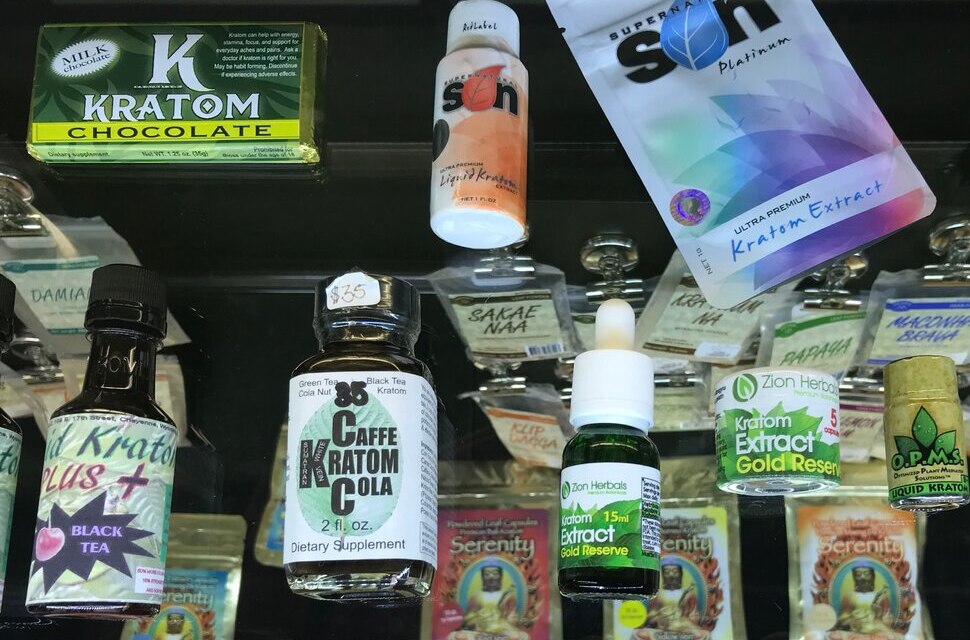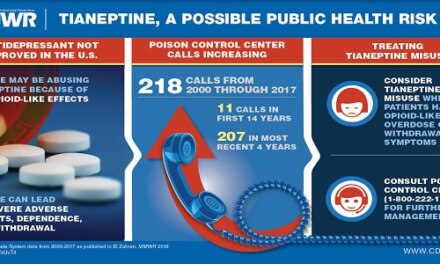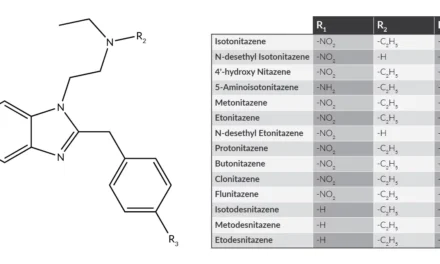I’m told there are some 15 million kratom users in the US. How did that happen?
Once again, publicity played a role. The popular press has tended to promote kratom as a safe, ‘natural’ alternative to opioids, both for pain control and as a way to manage opioid cravings and withdrawal symptoms — that last bit is aimed directly at substance users and people in recovery.
In contrast, scientific articles have emphasized the risks associated with kratom. Those include its potential for abuse, addiction, and overdose.
So far, kratom remains unclassified as a controlled substance. That means it’s unregulated, readily available for purchase, especially on the Internet.
The serious kratom user falls into one of two categories. First is someone searching for an alternative to prescription painkillers, usually for chronic pain. The other is someone with a substance use disorder looking for a way to feel better in the absence of their drug(s) of choice.
A substitute, we might say, for whatever drugs landed them in treatment in the first place.
“If it keeps me from shooting dope,” one kratom user insisted, “where’s the harm?” But there’s a downside.
Kratom vendors (there are many) tout their products for a range of benefits, from improving energy and focus to relieving depression and anxiety. Quite a few vendors claim kratom can effectively relieve opioid withdrawal. It’s clear to me that these vendors consider active drug users to be an important part of their customer base.
From a marketing standpoint, that makes a weird sort of sense. Vendors are able to acknowledge that their product is in fact potentially addicting, while remaining confident that someone who’s already addicted to drugs is not going to care. In fact, given the nature of substance use disorders, an addicted person is likely to consume more kratom than other users, over a far longer period of time– which makes for a more dedicated customer. And one who has greater difficulty stopping kratom use — if and when they ever decide to try.
No surprise that fatalities involving kratom tend to feature a host of other substances– stimulants, sedatives, opioids– used in combination. That suggests that some users, rather than planning to substitute kratom for heroin or fentanyl, simply incorporate it into their preferred polydrug ‘cocktail’.
To help them get high (or I suppose higher).
The withdrawal symptoms associated with kratom are irritability, anxiety, nausea, vomiting, sweating, cramps, diarrhea. Nothing much new there. Not surprisingly, people who have become dependent on kratom respond to treatment with buprenorphine and naltrexone. That suggests how opioid-like it is.
For further info, here’s a DEA Fact Sheet on the subject.
Kratom may not qualify as an opioid– but it sure behaves like one. That’s worth remembering.












